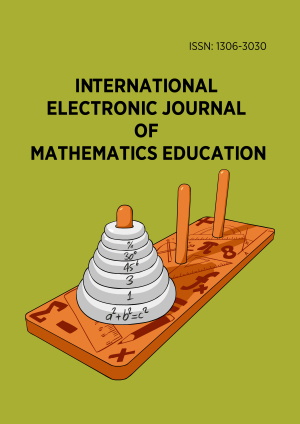Abstract
Geometry mastery is a must for high school students, affected by several factors such as learning approach (LA), gender, level of basic geometry competencies (BGC) and level of mathematical self-efficacy (MSE) among others. The purpose of this study is to examine those factors that affect the geometry problem solving (GPS) abilities of the students. This study involved 101 Indonesian high school students. They were divided into two groups based on the implemented LA, namely the investigative learning group and the direct instruction group. Data were collected through three instrument types, namely test of BGC, GPS, and MSE. The MSE scale consists of two models namely mathematics test-taking self-efficacy (MTSE) and mathematical skill self-efficacy (MSSE). Data were analyzed using ANOVA techniques, path analysis, and error analysis. The path diagram is MSE, which mediates the BGC effect on GPS. Data analysis results revealed that the level of BGC, MTSE as well as interactions between LA and gender had a significant impact on the GPS capability of students. In this case, the BGC of the students impacted their MSE and thus impaired their GPS skills, which also moderated the gender and learning. There are phases in the process of solving problems that tend to hamper student performance. The visualization process appears to be done by female students, while male students make representations when they do. The researchers, therefore, suggest further research related to gender-based LA study in the geometry curriculum to improve the ability of the students.
License
This is an open access article distributed under the Creative Commons Attribution License which permits unrestricted use, distribution, and reproduction in any medium, provided the original work is properly cited.
Article Type: Research Article
INT ELECT J MATH ED, Volume 15, Issue 3, October 2020, Article No: em0590
https://doi.org/10.29333/iejme/8234
Publication date: 02 May 2020
Article Views: 10987
Article Downloads: 7332
Open Access References How to cite this article
 Full Text (PDF)
Full Text (PDF)